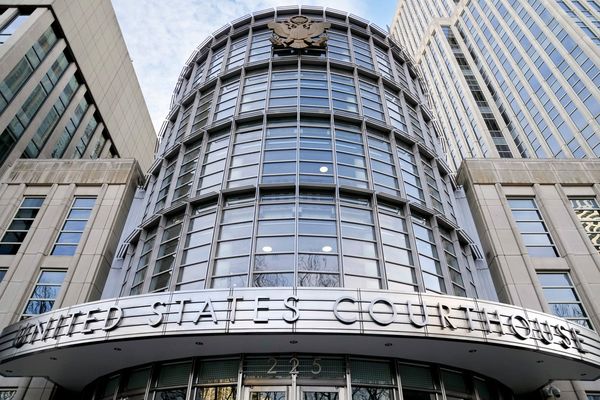
The US Coast Guard is currently investigating more than a dozen damaged containers, some of which may contain hazardous materials, following a ship crash into Baltimore's Francis Scott Key Bridge. This information was revealed in an unclassified memo from the federal Cybersecurity and Infrastructure Security Agency.
According to the memo, thirteen containers, including some with Centers for Disease Control and Prevention and/or hazardous materials (HAZMAT) contents, are under examination by an elite Coast Guard team. The memo, which was distributed to NGOs and critical infrastructure operators, highlights the ongoing investigation.
A specialized Coast Guard team trained in handling hazardous materials is meticulously reviewing the ship's manifest to identify the cargo on board and assess any potential health risks. Additionally, federal officials are closely monitoring the possibility of a marine diesel spill from the ship, estimated at around 1.8 million gallons.
While the 1.8 million gallons of potential spill is considered a worst-case scenario, officials emphasize that multiple factors would need to align for such a large spill to occur. Nevertheless, first responders are implementing precautionary measures to mitigate any potential fuel leakage from the vessel.
According to a US official, the quantity of 1.8 million gallons of fuel is within the typical range for a ship of that size, indicating that it is not an unusually large amount for such maritime operations.







